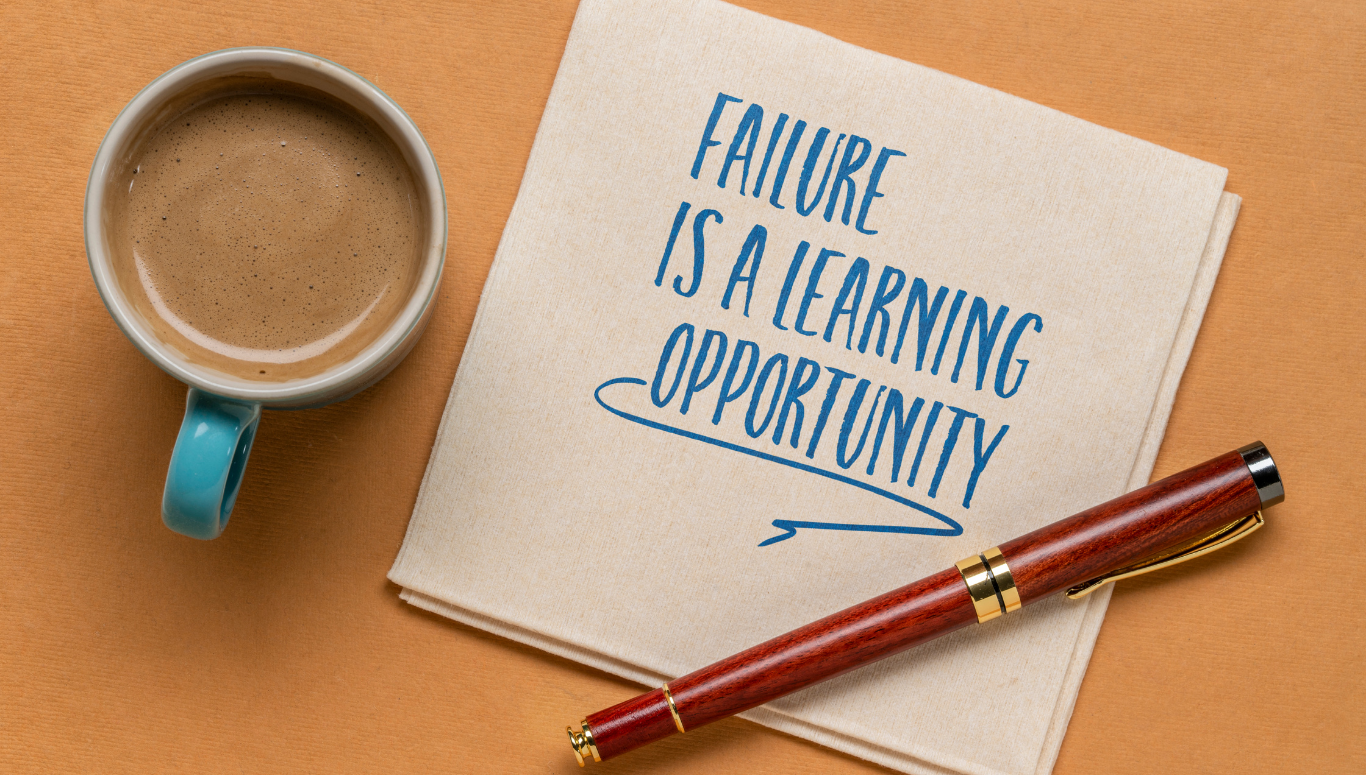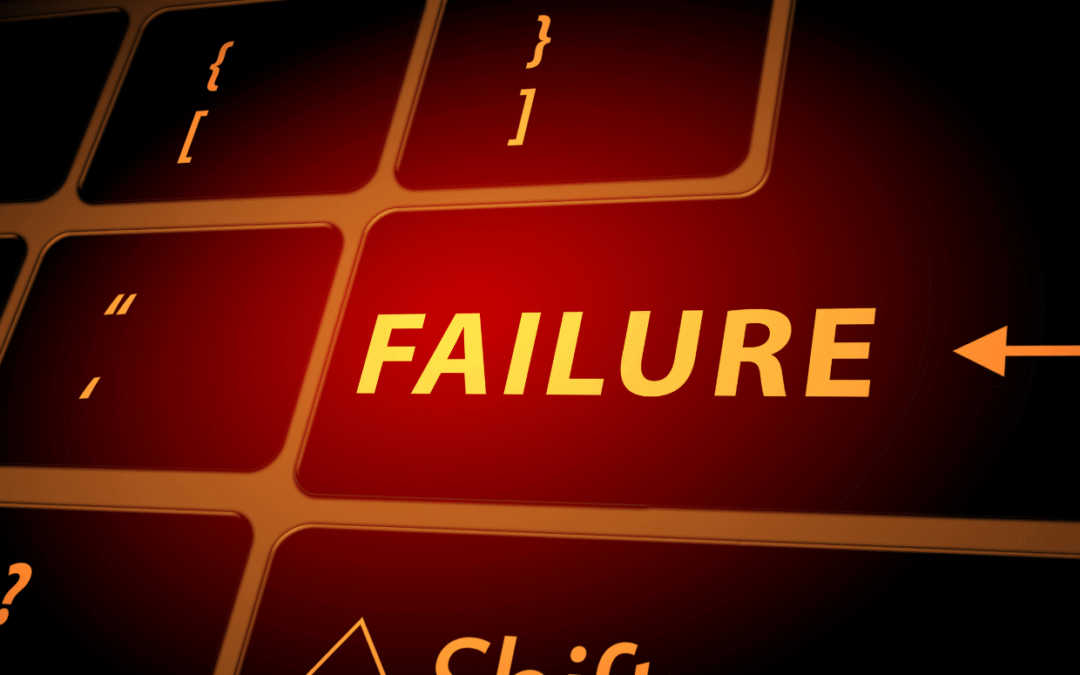Introduction: Why We Need to Talk About Startup Failure
Startup culture celebrates success—unicorn valuations, hypergrowth, exits. But behind every headline-making success are hundreds of stories of failure. Pivots that didn’t work. Teams that fractured. Runways that ran out.
And yet, failure isn’t the end of the story. For many founders, operators, and investors, failure is the beginning of wisdom. It’s the crucible where resilience is forged, and where lessons are learned that no MBA or podcast can teach.
This blog unpacks what struggling startups can teach us—not just about business models or market fit, but about emotional stamina, team dynamics, leadership clarity, and the true meaning of perseverance. These are not cautionary tales. They’re resilience playbooks in disguise.
The Most Common Reasons Startups Fail
Failure is rarely the result of one catastrophic event. More often, it’s the accumulation of small cracks: a flawed assumption here, a communication gap there. CB Insights’ research identifies the top causes of startup failure. Among them:
- No Market Need (42%): Building a solution in search of a problem.
- Ran Out of Cash (29%): Misjudging the burn rate or failing to raise.
- Not the Right Team (23%): Lacking necessary skills, cohesion, or leadership.
- Got Outcompeted (19%): Ignoring or underestimating emerging rivals.
- Pricing or Cost Issues (18%): Unit economics that never made sense.
- Poor Product Timing (13%): Being too early, too late, or launching poorly.
Each of these has technical components—but behind them are human decisions. That’s where real learning lives.

Startup Post Mortems—What We Really Learn
Startup failure isn’t just a headline or a statistic—it’s an emotional, financial, and existential experience for the people behind the company. Founders, early employees, and investors all go through a kind of grief cycle. But in those postmortems, patterns emerge—not just of what went wrong, but of what could be done differently next time.
Here are a few real examples (names changed for privacy, lessons kept intact):
- Vision Without Validation
“Project Glider†launched with a beautifully designed platform and an ambitious mission to disrupt local event discovery. But the team never fully validated user behavior. They built based on what they thought people should want—not what they actually did.
Resilience Lesson: Enthusiasm isn’t evidence. The most visionary founders still need to run lean tests, gather real feedback, and kill ideas early when data shows they’re not viable.
- The Wrong Co-Founder Fit
“Team Orbit†had a founding team with technical brilliance but clashing working styles and competing egos. Conflicts simmered for months before erupting in a messy split. The product stalled, and investor confidence faded.
Resilience Lesson: Founding teams aren’t just about skill—they’re about trust. Shared values, conflict resolution habits, and aligned ambitions matter as much as domain expertise.
- Scaling Before Fit
“Liftly†raised a significant seed round and immediately staffed up, launching marketing and operations in five cities. But retention was poor, and CAC (Customer Acquisition Cost) was far higher than projected. They hadn’t nailed retention before scaling.
Resilience Lesson: Growth only works if you’ve validated value. Proving repeat usage and strong unit economics in one market is more important than expanding into ten.
- Product Love, Not Customer Love
“CloudMirror†had a team of developers obsessed with the tech. They built elegant features and a robust backend. But no one talked to customers. When churn spiked, no one saw it coming.
Resilience Lesson: Falling in love with your product is a trap. Fall in love with your customer’s problem instead—and build from there.
The Psychological Side of Startup Resilience—and How Founders Rebuild
Behind every startup that fails is a founder who has to keep going. And that’s where the real resilience story begins. While the headlines focus on market trends and fundraising cycles, the emotional reality of navigating startup failure is far more personal—and often more instructive.
- The Emotional Rollercoaster of Founding Startups often start with a rush of adrenaline: a new idea, the first pitch deck, early user excitement. But as the journey unfolds, the highs are matched by deep lows—missed targets, co-founder disputes, investor rejections. Many founders report experiencing extreme stress, imposter syndrome, isolation, and even burnout.
Resilience here means emotional regulation. It means:
- Normalizing fear, uncertainty, and self-doubt
- Developing rituals for mental and emotional resets (journaling, meditation, coaching)
- Building a support system of peers, mentors, and therapists—not just employees or investors
- Reframing Failure as Data, Not Defeat One of the most powerful tools in the resilient founder’s arsenal is reframing. Rather than seeing a failed product launch or funding round as evidence of inadequacy, they see it as input.
This mindset shift looks like:
- Asking, “What is this trying to teach me?†instead of “What’s wrong with me?â€
- Documenting learnings as a living artifact (postmortems, retrospectives)
- Sharing lessons publicly to de-stigmatize failure and build community trust
- Moving On Without Losing Identity For many founders, their startup becomes an extension of their identity. When it fails, it can feel like they have failed. Rebuilding resilience means separating self-worth from startup outcomes.
Key practices include:
- Reflecting on your journey beyond metrics—relationships, skills built, lessons learned
- Redefining success in holistic terms (mental health, contribution, legacy)
- Exploring what’s next with curiosity, not urgency
- Building Back Smarter The most resilient founders take time to regroup—but they don’t give up. Many go on to start better businesses, with deeper insight, healthier teams, and more sustainable models. They build from scar tissue—not in spite of failure, but because of it.
Signs of resilience in action:
- Applying lessons from past mistakes to new ventures
- Leading with empathy, transparency, and humility
- Balancing ambition with wellness and long-term thinking

How Organizations Can Create Safety Nets for Founders and Teams Facing Failure
Startups operate on the edge—of innovation, of resources, of clarity. When failure strikes, it’s often not just the company that’s at risk, but the well-being of the people who built it. That’s why resilient startup ecosystems don’t just celebrate success stories—they prepare for setbacks and protect their people when things fall apart.
Here’s how organizations, investors, and leaders can build systems of support:
- Normalize Failure as Part of Innovation One of the biggest barriers to recovery is stigma. When failure is seen as shameful or career-ending, people are less likely to be honest, reflect, or rebuild.
- Encourage leaders to share their past failures in internal talks or founder panels
- Reframe postmortems as growth tools, not blame sessions
- Publicly highlight stories of bounce-back and reinvention
- Provide Psychological Support as Strategy Mental health isn’t just a personal issue—it’s a business resilience issue. Founders and early team members often carry enormous emotional loads.
- Offer therapy stipends or on-call coaching services for founders
- Train HR and people ops to spot signs of burnout or breakdown
- Host peer-led mental health circles or office hours
- Set Clear Off-Ramps and Exit Plans Startups rarely plan for what happens if things don’t work. Yet planning for wind-down scenarios can reduce chaos, protect reputations, and salvage relationships.
- Create soft landings: placement support, severance frameworks, and transition documents
- Educate founders on dissolution procedures and legal risks before they need them
- Encourage clean cap tables and transparent shareholder communications from Day 1
- Foster Founder Alumni Communities Many successful founders today are second- or third-time entrepreneurs. Keeping former founders engaged builds a virtuous cycle of support, insight, and inspiration.
- Launch alumni groups with Slack channels, quarterly events, and speaking opportunities
- Offer microgrants or advisory roles to reengage high-potential founders
- Celebrate lessons and legacy, not just outcomes
- Equip Investors to Support Failure Ethically Investors play a powerful role in shaping founder psychology. Ethical investing means investing in people—not just portfolios.
- Set the tone: express belief in the founder beyond the venture
- Avoid shaming language in board meetings or cap table negotiations
- Offer guidance on rebuilding—not just write-offs
- Build Organizational Muscle for Resilience Resilient organizations create environments where smart risks are encouraged and failure is debriefed, not punished.
- Train teams on innovation hygiene: test early, de-risk often, reflect fast
- Build in buffers (time, budget, bandwidth) to tolerate experimentation
- Reward transparency in roadblocks—not just delivery in results
Turning Failure into Fuel—How Founders Use Lessons Learned to Create Better Companies
Failure, when fully processed and reflected on, becomes one of the greatest competitive advantages a founder can carry forward. It’s not the failure itself—but what they do next—that determines the trajectory of their next venture.
Here’s how founders are transforming their scars into the foundation for stronger, smarter, and more resilient businesses:
- Building from Scar Tissue, Not Inexperience Seasoned founders often say, “I’d never build a company the same way again.†That’s not cynicism—it’s wisdom. They know what to protect early, what to let go of fast, and how to lead with clarity.
What this looks like in action:
- Prioritizing customer validation before raising capital
- Hiring slower and building stronger team culture foundations
- Creating more rigorous cash flow modeling and funding buffers
- Raising Capital with Greater Discipline Founders who’ve weathered failure are often more disciplined in how they raise, spend, and report on capital. They understand the long-term implications of dilution, misaligned investors, and unclear milestones.
They’re more likely to:
- Set realistic expectations with VCs
- Choose investors who align with their mission and values
- Spend strategically on scalable growth—not vanity metrics
- Creating Products that Actually Solve Real Problems After building something no one used or wanted, founders become obsessed with relevance. They lead with customer interviews, design thinking, and empathy.
These new ventures:
- Launch MVPs faster
- Build around user pain points, not founder intuition
- Iterate constantly based on live user data
- Leading Teams with More Empathy and Humility Founders who’ve been through failure tend to lead with more humanity. They know how isolating leadership can be and are more intentional about psychological safety and clarity.
They prioritize:
- Regular feedback and reflection rituals
- Realistic goal-setting
- Transparency with both wins and challenges
- Advocating for Smarter Startup Ecosystems Some of the most powerful voices in startup education and mentorship come from founders who’ve “been there.†They actively mentor others, write about their failures, and push for healthier founder support systems.
Their legacy includes:
- Speaking openly on podcasts and panels
- Investing in first-time founders with a mindset lens
- Advising accelerators to include emotional resilience in programming

Conclusion: Resilience Is the Real ROI
Failure is not a badge of shame—it’s a badge of growth, grit, and future wisdom.
The founders who fail and rise again do so because they learn faster, lead deeper, and build with more conviction. Their second (or third) act is more refined, more grounded, and often—more successful.
So whether you’re leading a struggling startup, supporting someone who is, or preparing to try again:
Remember, failure is never the final chapter.
It’s the turning point.
And what you do next is where the real story begins.

